News
AON paper in Journal of Neuroscience: Close Encounters with Art of Neuroscience 14th Edition.
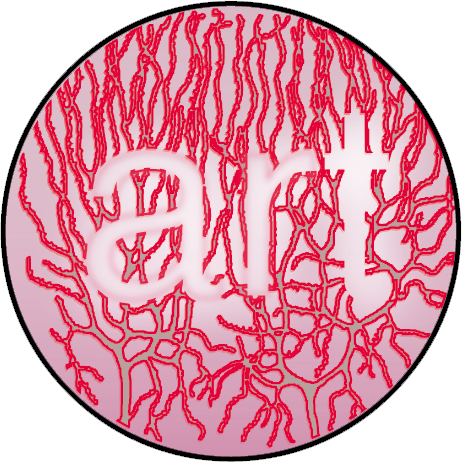
The Art of Neuroscience initiative was featured in a paper in the Journal of Neuroscience.
Find the
paper here.
New paper in Journal of Neural Engineering: Optimal placement of high-channel visual prostheses in human retinotopic visual cortex.
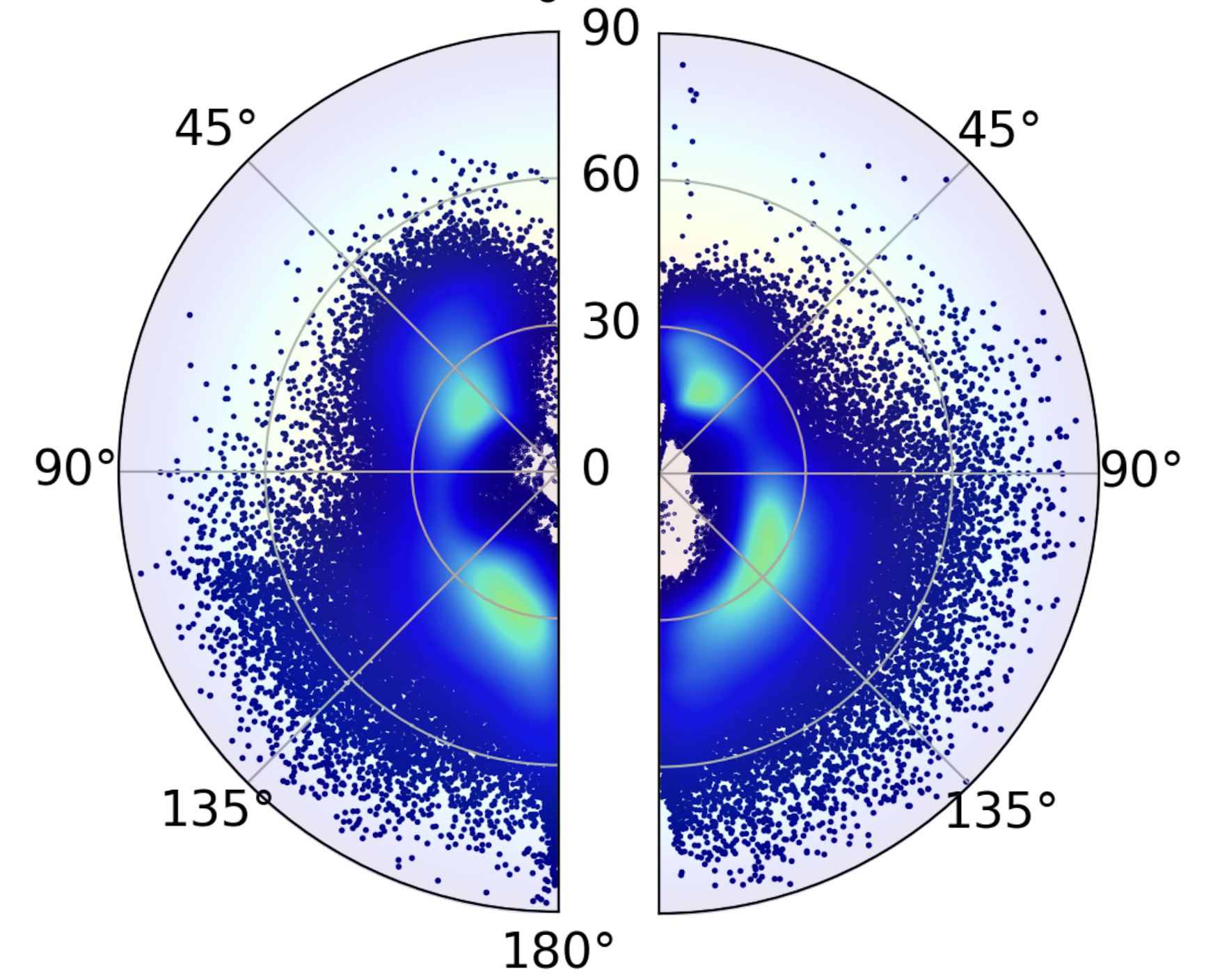
Our paper on an automated method for determining the optimal placement of stimulation electrodes in the human brain for visual cortical prostheses is out now!
We present a Bayesian method of optimizing virtual implantations based on retinotopy and anatomical considerations.
Find the
paper here.
New preprint: Brain Charts for the Rhesus Macaque Lifespan.
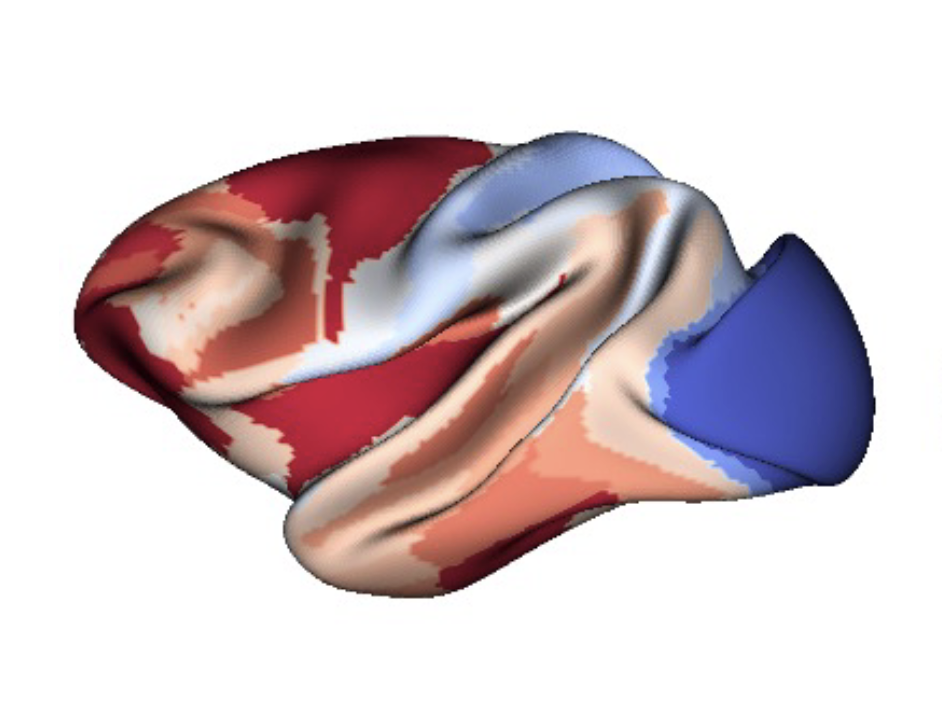
Amazing effort by Ting Xu and team that we contribute a little bit to. They mapped non-linear developmental trajectories for global and regional brain structural changes
in volume, cortical thickness, and surface area over the lifespan of the rehsus macaque. The work provides normative charts for macaque brain structures and reveals key developmental
milestones from prenatal stages to aging, highlighting both species-specific and comparable brain maturation patterns between macaques and humans.
Find the
preprint here.
New paper in PNAS: Inversion of pop-out for a distracting feature dimension in monkey visual cortex.
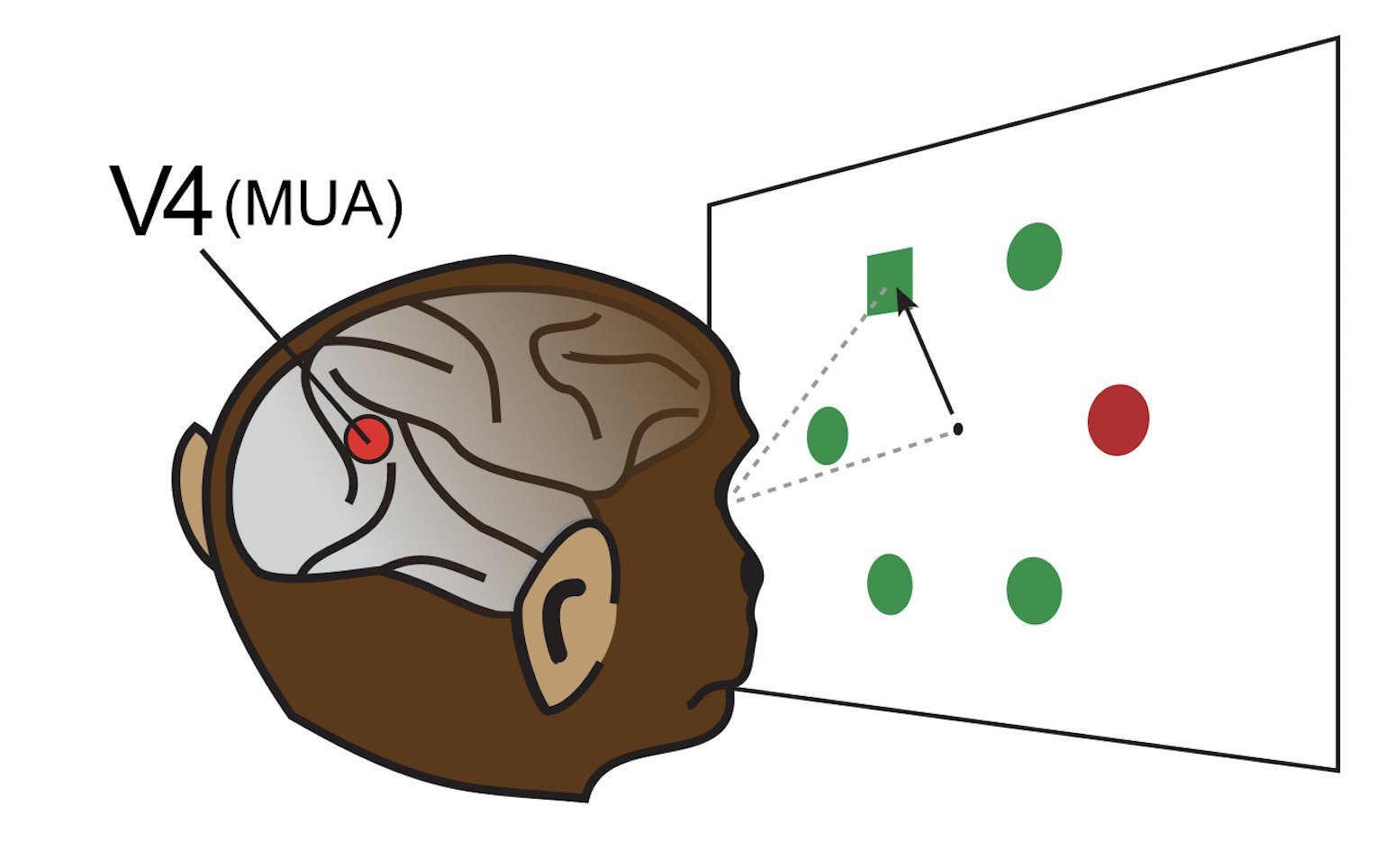
Goal-directed behaviors like visual search involve both the selection of behaviorally relevant targets and the suppression of task-irrelevant
distractors. This is especially important if distractors are salient and capture attention. Here we demonstrate a “pop-in” mechanism by which
the visual cortex inverts a pop-out attentional capture signal into suppression to suppress distractors and facilitate visual search.
Find the
paper here.
New paper in Current Research in Neurobiology: A framework and resource for global collaboration in non-human primate neuroscience.
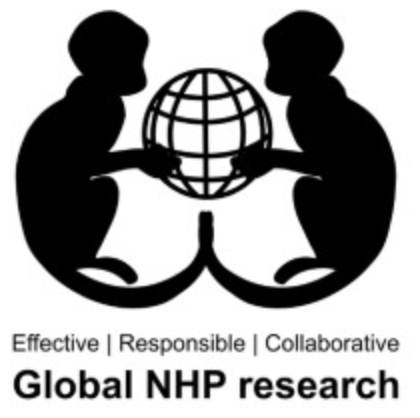
International collaborations in non-human primate (NHP) research are accompanied by challenges bound to regulations. We surveyed the ethical and
regulatory guidelines for 13 countries with NHP neuroscience research and compiled the data as a resource.
Find the
paper here.

Dr. Chris Klink
Netherlands Institute for Neuroscience
Meibergdreef 47, 1105 BA Amsterdam, the Netherlands
 The Art of Neuroscience initiative was featured in a paper in the Journal of Neuroscience.
Find the paper here.
The Art of Neuroscience initiative was featured in a paper in the Journal of Neuroscience.
Find the paper here.
 Our paper on an automated method for determining the optimal placement of stimulation electrodes in the human brain for visual cortical prostheses is out now!
We present a Bayesian method of optimizing virtual implantations based on retinotopy and anatomical considerations.
Find the paper here.
Our paper on an automated method for determining the optimal placement of stimulation electrodes in the human brain for visual cortical prostheses is out now!
We present a Bayesian method of optimizing virtual implantations based on retinotopy and anatomical considerations.
Find the paper here.
 Amazing effort by Ting Xu and team that we contribute a little bit to. They mapped non-linear developmental trajectories for global and regional brain structural changes
in volume, cortical thickness, and surface area over the lifespan of the rehsus macaque. The work provides normative charts for macaque brain structures and reveals key developmental
milestones from prenatal stages to aging, highlighting both species-specific and comparable brain maturation patterns between macaques and humans.
Find the preprint here.
Amazing effort by Ting Xu and team that we contribute a little bit to. They mapped non-linear developmental trajectories for global and regional brain structural changes
in volume, cortical thickness, and surface area over the lifespan of the rehsus macaque. The work provides normative charts for macaque brain structures and reveals key developmental
milestones from prenatal stages to aging, highlighting both species-specific and comparable brain maturation patterns between macaques and humans.
Find the preprint here.
 Goal-directed behaviors like visual search involve both the selection of behaviorally relevant targets and the suppression of task-irrelevant
distractors. This is especially important if distractors are salient and capture attention. Here we demonstrate a “pop-in” mechanism by which
the visual cortex inverts a pop-out attentional capture signal into suppression to suppress distractors and facilitate visual search.
Find the paper here.
Goal-directed behaviors like visual search involve both the selection of behaviorally relevant targets and the suppression of task-irrelevant
distractors. This is especially important if distractors are salient and capture attention. Here we demonstrate a “pop-in” mechanism by which
the visual cortex inverts a pop-out attentional capture signal into suppression to suppress distractors and facilitate visual search.
Find the paper here.
 International collaborations in non-human primate (NHP) research are accompanied by challenges bound to regulations. We surveyed the ethical and
regulatory guidelines for 13 countries with NHP neuroscience research and compiled the data as a resource.
Find the paper here.
International collaborations in non-human primate (NHP) research are accompanied by challenges bound to regulations. We surveyed the ethical and
regulatory guidelines for 13 countries with NHP neuroscience research and compiled the data as a resource.
Find the paper here.
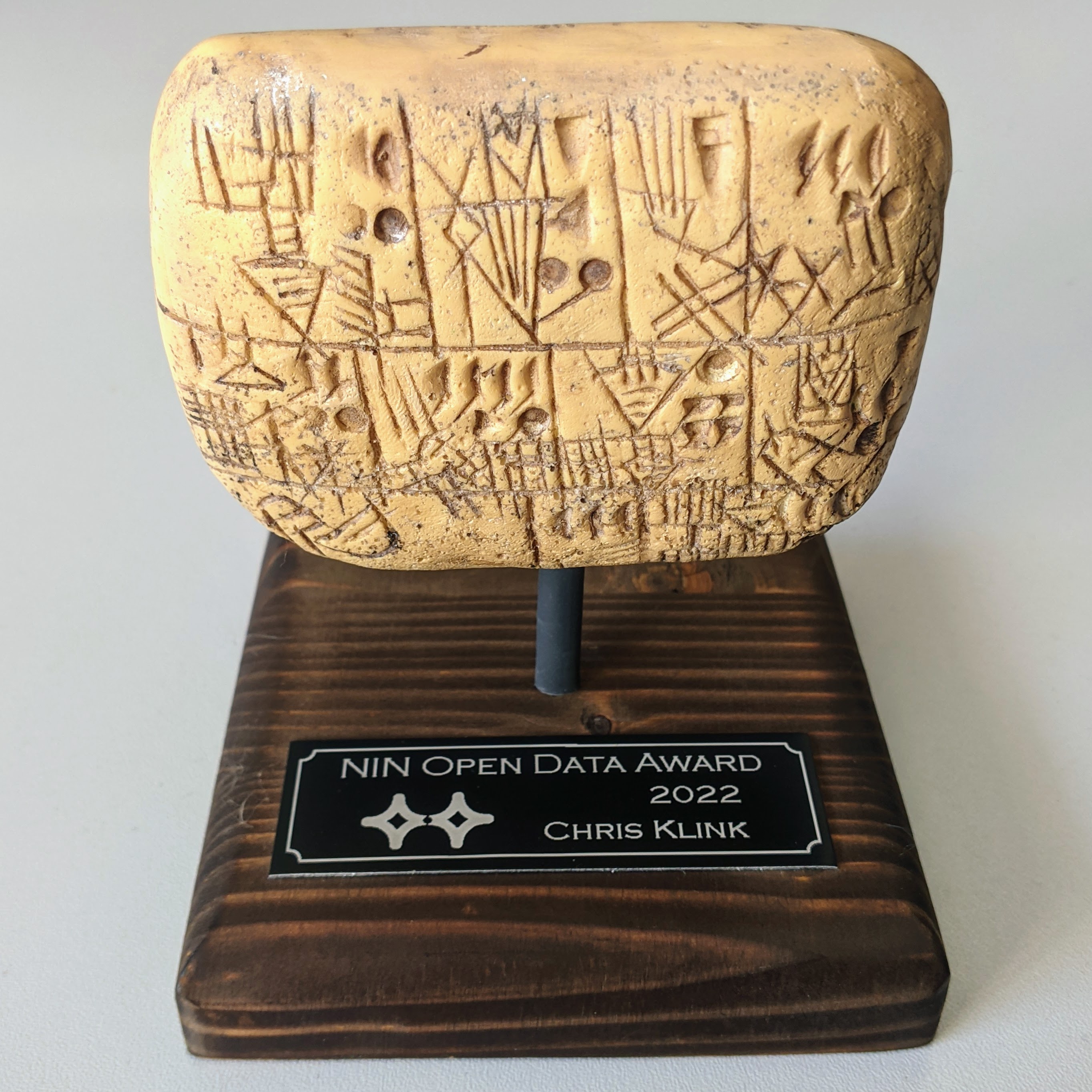 Chris is the inaugural recipient of the Open Data Award of the Netherlands Institute for Neuroscience.
The jury recognized our dedication to open science in general (see also Resources) and with respect to our recent pRF paper in eLife in particular.
Chris is the inaugural recipient of the Open Data Award of the Netherlands Institute for Neuroscience.
The jury recognized our dedication to open science in general (see also Resources) and with respect to our recent pRF paper in eLife in particular.


